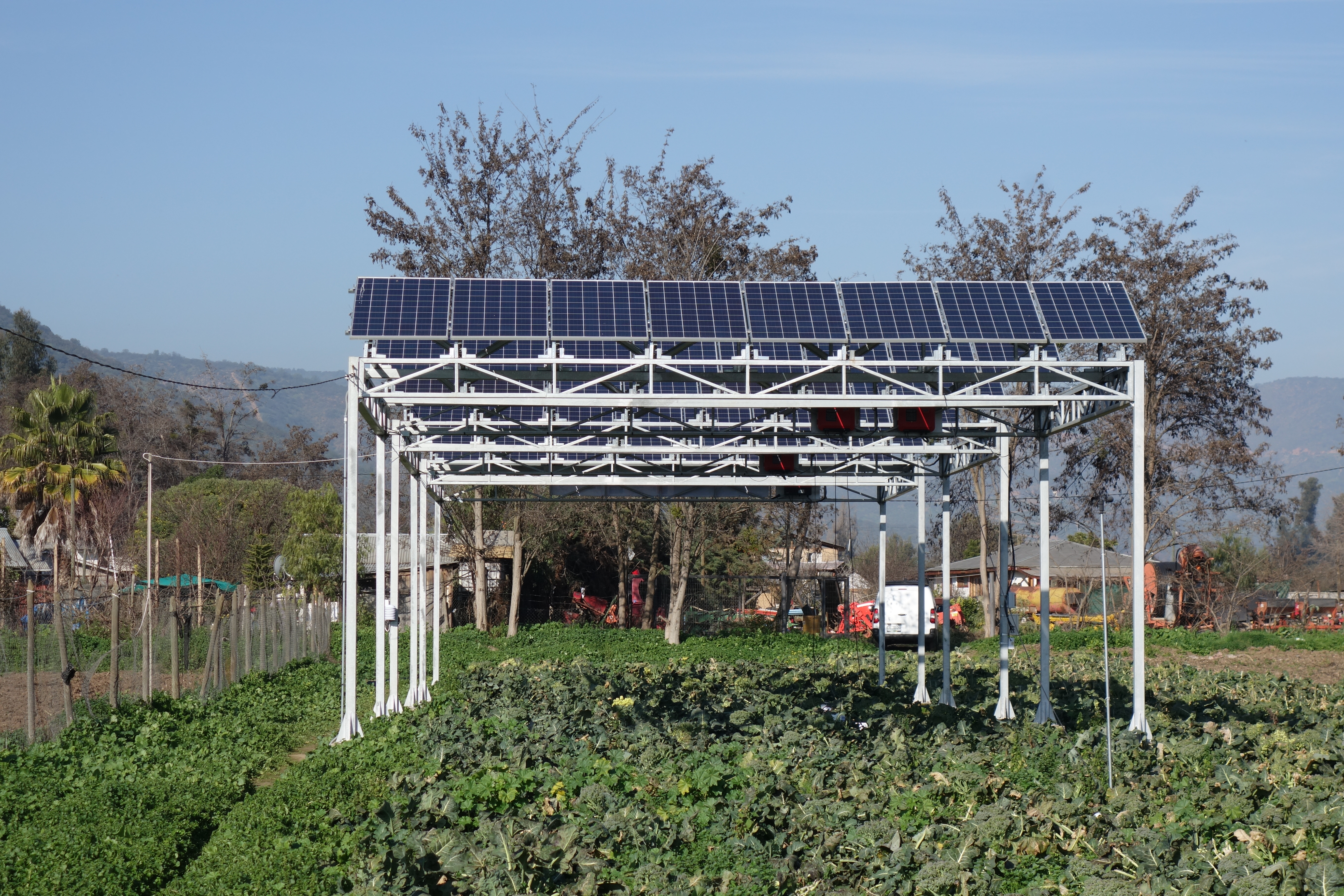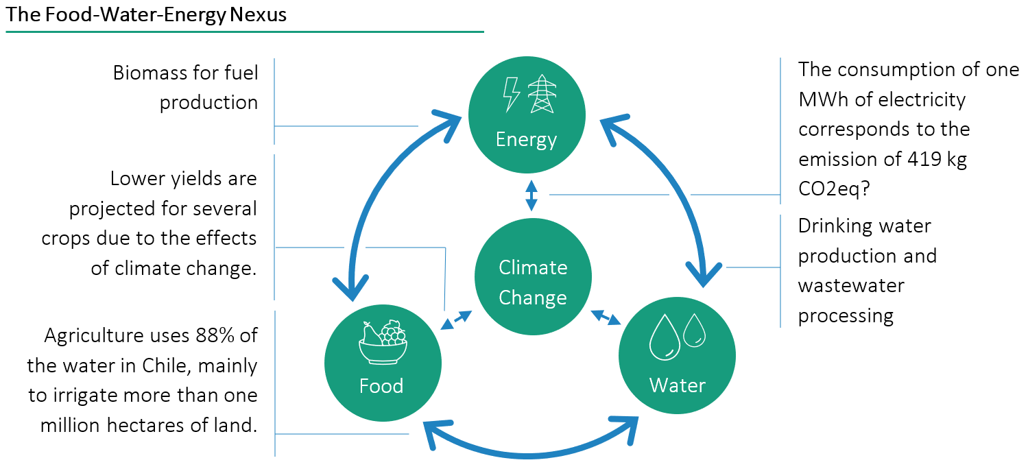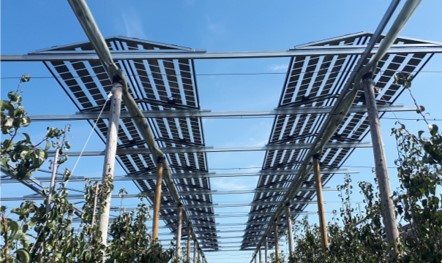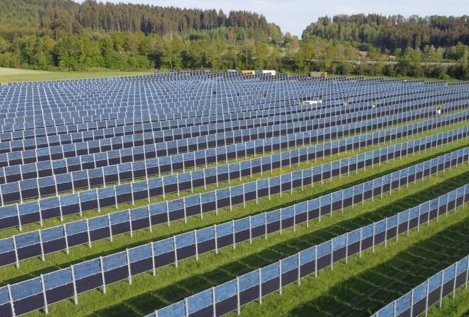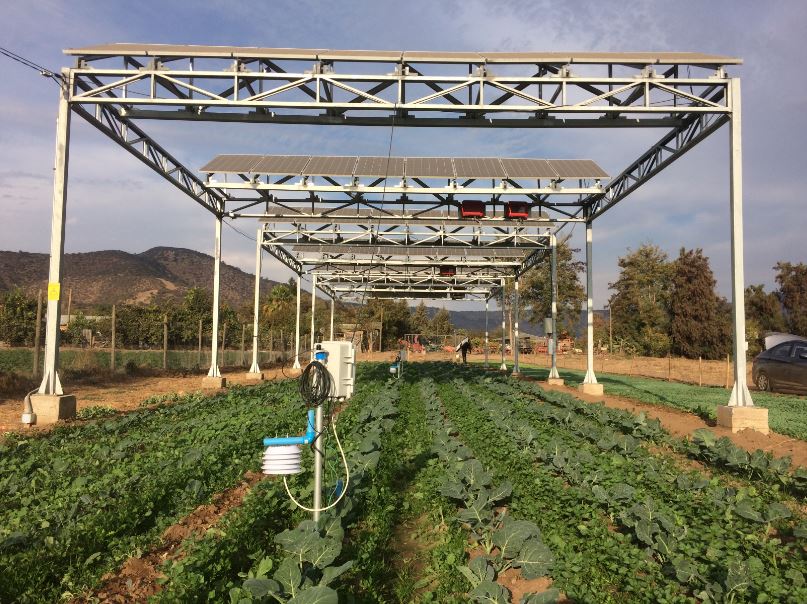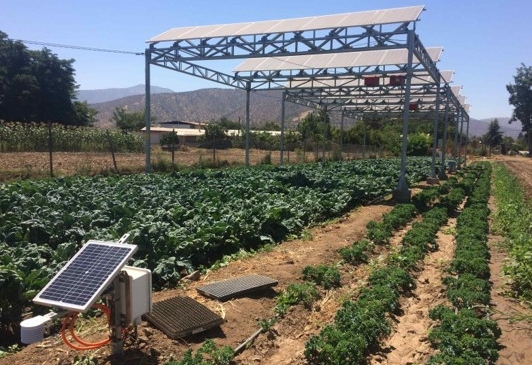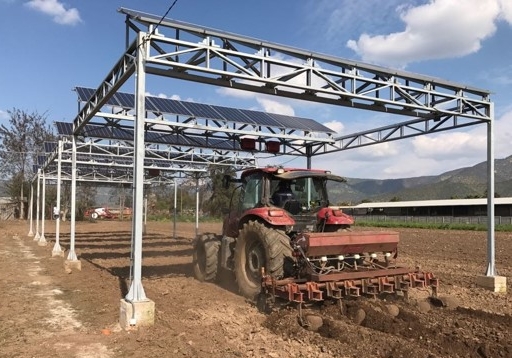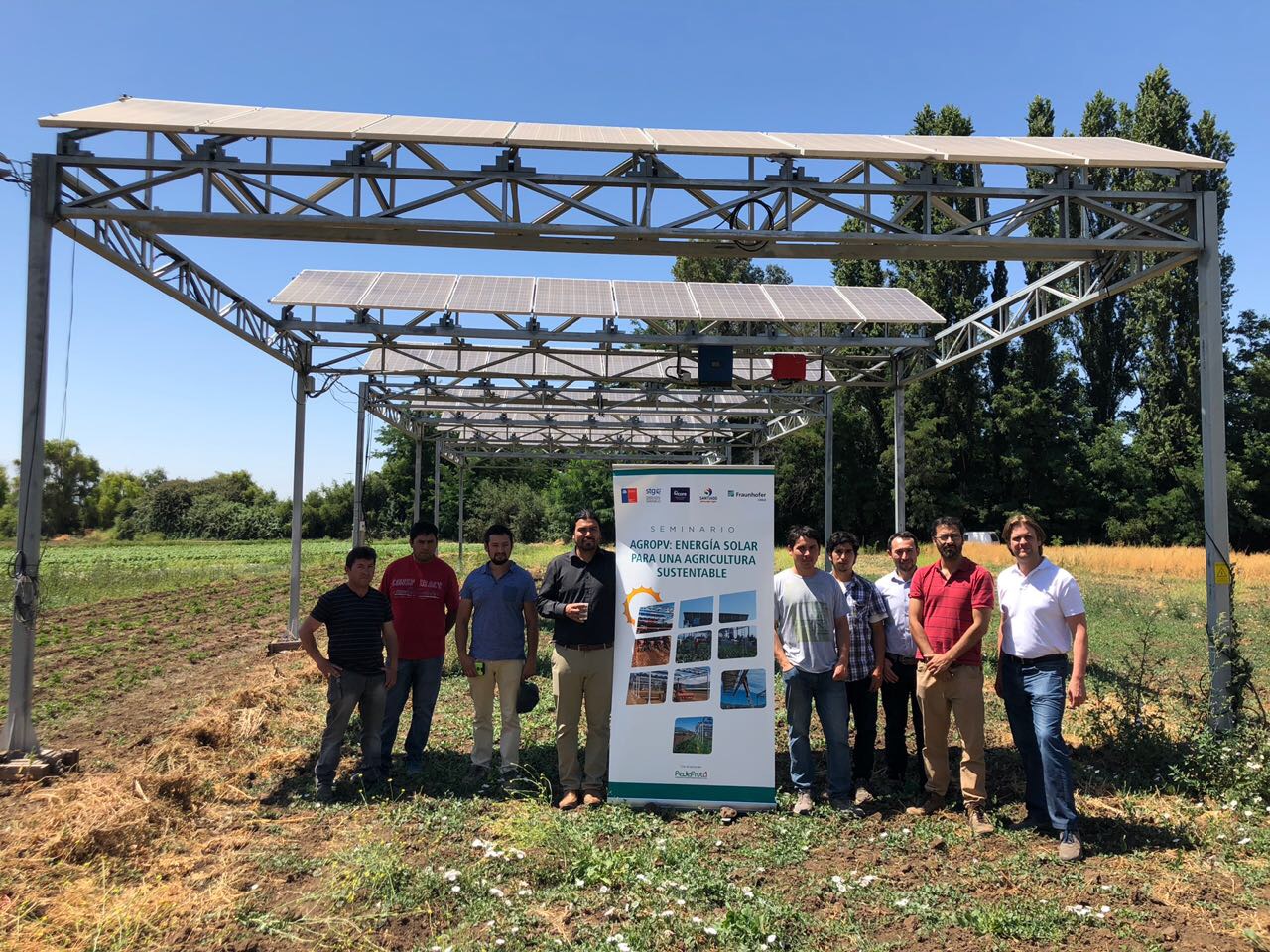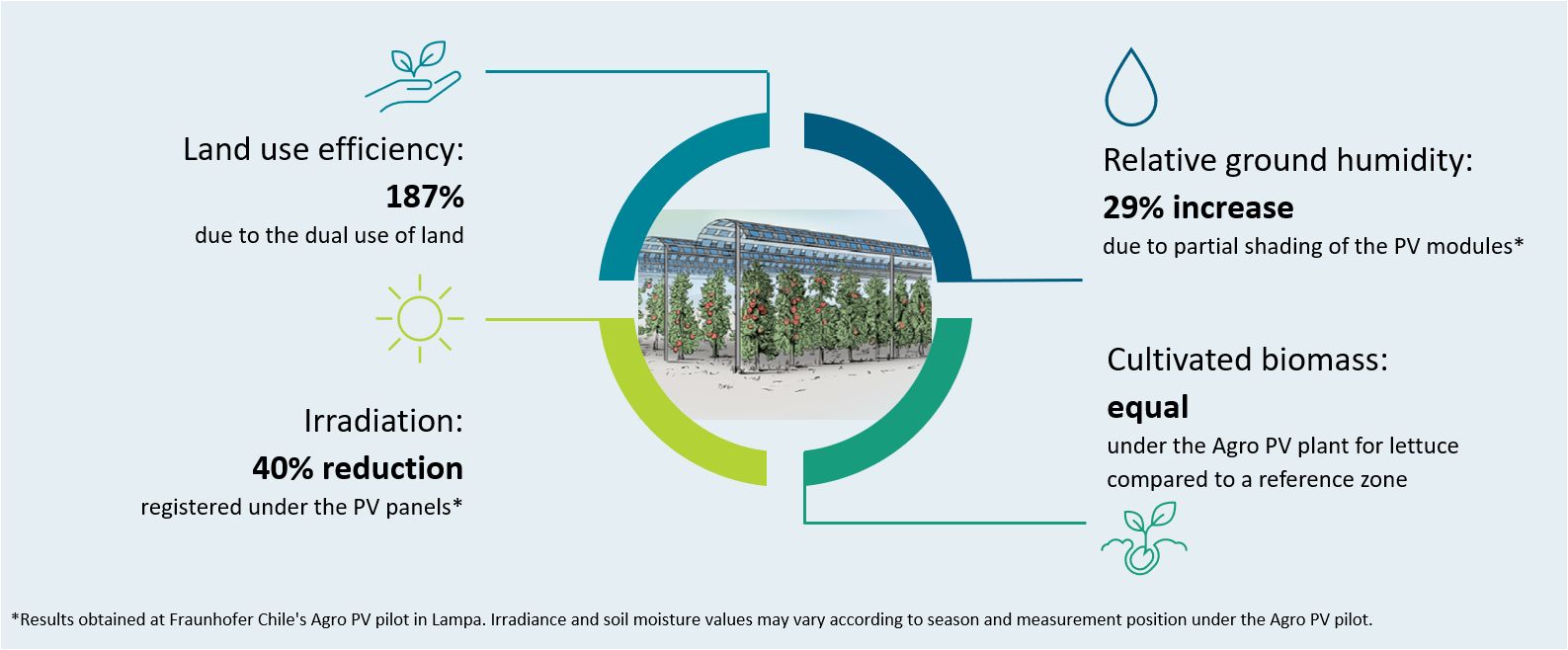Challenges in the Food, Water and Energy Nexus
Chile is one of the countries most affected by climate change worldwide, putting the agricultural sector in particular at risk. In the north and center of the country, especially, small farmers are suffering from water shortages in the region due to a drought that has lasted 12 years. In addition to water scarcity, agriculture faces unpredictable weather phenomena such as hail, frost, heavy rainfall and excessive solar irradiation, which threaten crop yields.
At the same time, land use conflicts between energy production and agriculture are evident in Central Chile. The main agricultural production areas are located in each of the regions due to the presence of fertile soils and, at the same time, most of the country's energy demand is concentrated.
To maintain agricultural productivity, it is crucial to mitigate the effects of climate change with the transition of the energy system and avoid competition for land between energy and food production. But how to achieve this. This is where AgroPV offers a solution, enabling clean energy generation and agricultural production in the same place.
 Fraunhofer Chile Research
Fraunhofer Chile Research